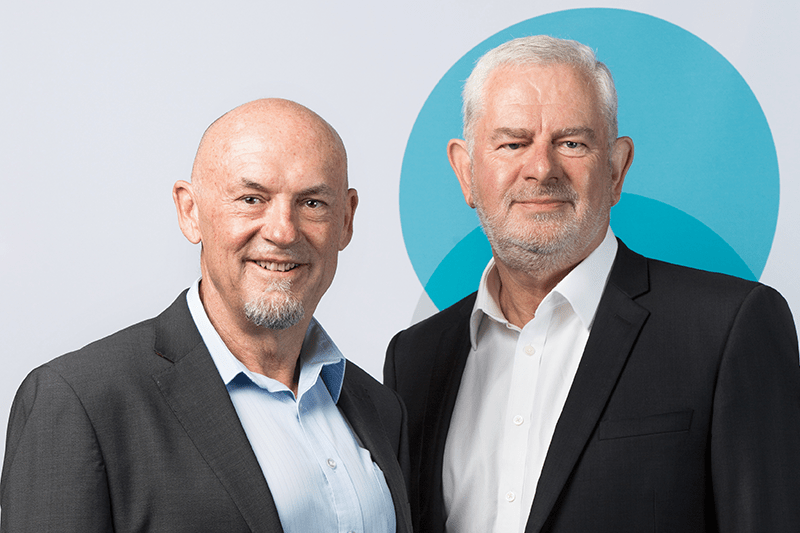By Peter Kelly on 23 September 2020
Back in March 2020 when the coronavirus pandemic first came to Australian shores and the country went into lockdown, the Federal Government introduced a generous economic stimulus package that was designed to help business and individuals alike to weather the downturn.
Terms like JobKeeper, JobSeeker and Coronavirus supplement became part of the daily lexicon of average Australians. Financial assistance in the form of rent relief, mortgage holidays, loan repayment deferrals, and an amnesty on evictions, were also included as part of the stimulus mix.
When first introduced back in March 2020, the JobKeeper payment and the Coronavirus supplement were only ever designed to have a limited life.
In the main, most stimulus measures were to be available for a six-month period, which brings us to now – the end of September 2020.
As Australia is not yet “out of the woods” in terms of the pandemic, with some borders still closed and businesses not yet operating at pre-pandemic capacity, and with many parts of Victoria still in lockdown, the Government has wisely announced extensions to the key initiatives that were designed to end in September. While not as generous as the initial stimulus measures, financial support will continue for many until at least the end of December 2020.
Let’s look at some of the extended measures in some more detail:
- JobSeeker payment
The JobSeeker payment incorporates a number of previous government income support benefits including Newstart Allowance, Sickness Allowance, Widows Pension, Widows Allowance, and Partner Allowance.
It was not a benefit specifically introduced to provide support for people affected by the coronavirus.
From March 2020, the government has paid a supplement of $550 per fortnight to people eligible to receive the JobSeeker payment. The supplement was due to be paid until 24 September.
However, the coronavirus supplement is now to be continued until 31 December 2020, albeit at a reduced rate. From 1 October, the payment rate is to reduce to $250 per fortnight.
While the reduction in the coronavirus supplement will be disappointing to JobSeeker recipients, the Government has increased the amount of income a person may receive before their entitlement to JobSeeker reduces under the income test.
- JobKeeper payment
The JobKeeper payment is a wage subsidy of $1,500 per fortnight paid to employers with eligible employees, and to sole traders.
One of the requirements of the JobKeeper payment is that the full amount of payment must be passed on to employees, even if their usual salary is less than $1,500 per fortnight.
To be eligible to receive the JobKeeper payment, an employer (with turnover of less than $1b per annum) must have suffered a reduction in turnover of at least 30%. For businesses with a turnover of more than $1b, their turnover reduction threshold osis50% and for charities it’s 15%.
Once an employer or self-employed person enrolled for JobKeeper, they remained eligible without out the need to demonstrate an ongoing reduction in turnover.
JobKeeper is now to be extended to 28 March 2021.
However, there are a few changes being made.
For continued eligibility for JobKeeper, a business must demonstrate that is has continued to suffer a decline in turnover of the relevant percentage for both the September and December quarters.
Furthermore, the rate of the JobKeeper payment is to reduce from 28 September 2020.
Eligible recipients will also have to classify their employees as either part time or fulltime. A part time employee is one that was working fewer than 20 hours per week on average in the reference period. The reference period is the four weeks before either 1 March, or 1 July 2020.
The rates of the Jobkeeper payment commencing on 28 September 2020 will be $1,200 per fortnight for fulltime employees, and $750 per fortnight for part time employees.
From 4 January 2021 until 28 March 2021, the rate of JobKeeper will further reduced to $1,000 per fortnight and $650 per fortnight for fulltime and part time employees, respectively.
In addition to the key changes outlined above, other measures will be reinstated, particularly for recipients of income support benefits, including the JobSeeker payment.
Notably, the current waiver of the assets test is to be reintroduced from 25 September 2020, as will the reinstatement of the Liquid Assets Waiting Period for new recipients of income support benefits.
Mutual obligation – the requirement that income support recipients be actively seeking for work, attending appointments with an employment services provider, or participating in other approved activities including undertaking training and/or voluntary work - is being reintroduced.
The Government recognises the need to be providing ongoing support to individuals and businesses during these difficult times.
If in doubt as to your entitlements, consider seeking some expert advice.



comments